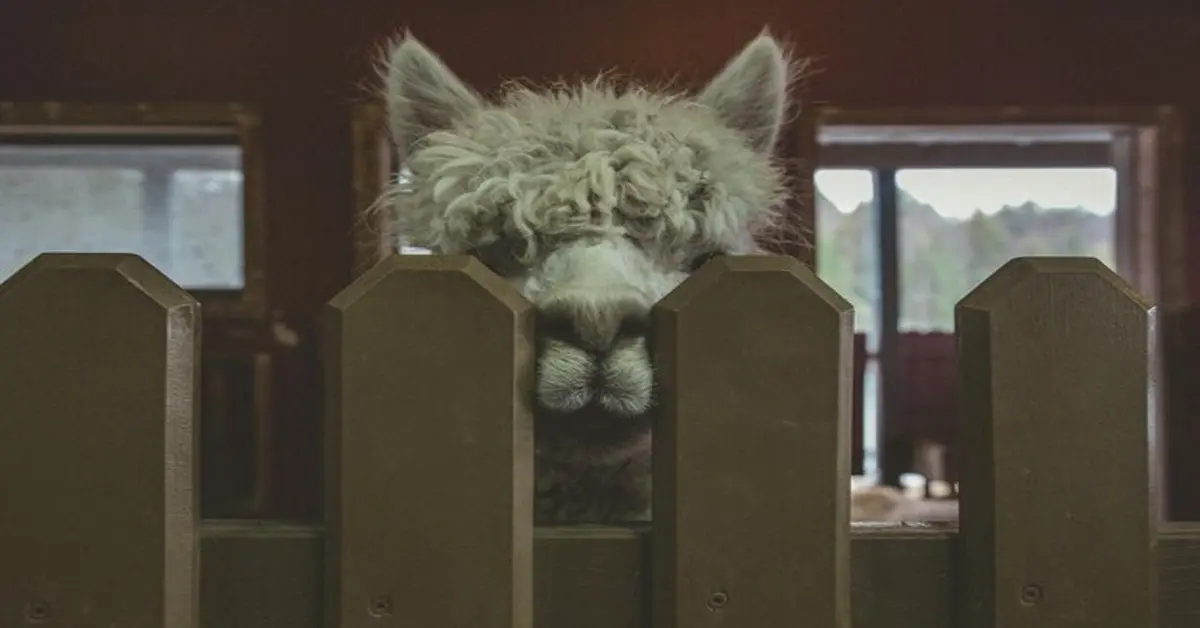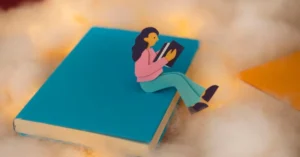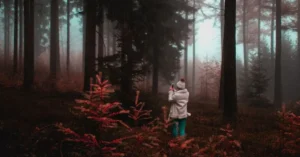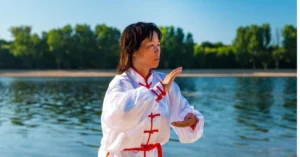Furry art has come a long way from its humble beginnings as a niche pastime. What once existed in the shadows of online communities has burst into the limelight, captivating audiences around the globe. Today, furry art is more than just drawings of anthropomorphic animals; it represents an entire culture that celebrates creativity and self-expression.
With vibrant characters and imaginative worlds, furry art invites us to explore new realms. Artists harness their skills to create stunning visuals that resonate with fans from all walks of life. Whether you’re an avid follower or just curious about this artistic phenomenon, there’s much to uncover.
As we dive deeper into the evolution of furry art, we’ll examine everything from commissioning artwork to artists’ perspectives and how social media plays a pivotal role in shaping this community. Buckle up for an exciting journey through colorful illustrations and passionate creators who are redefining what it means to be part of the furry fandom!
Furry Art Commissions
Furry art commissions have become a popular avenue for both artists and fans. They offer a unique way to connect, allowing personalized artwork that resonates with individual preferences. This interaction fosters a vibrant atmosphere of creativity and collaboration.
Artists often showcase their work on platforms like DeviantArt or Fur Affinity, where potential clients can browse portfolios. These works vary in style—from realistic portrayals to cartoonish interpretations—providing options for every taste. When commissioning furry art, it’s helpful to communicate specific ideas clearly.
Many enthusiasts appreciate the opportunity to see their characters come alive through an artist’s lens. This process is not just transactional; it builds relationships within the community as artists get feedback from clients about what they envision. Clients might provide reference images or detailed descriptions, ensuring that the final product reflects their imagination.
Pricing structures can differ significantly among artists based on experience and complexity of the piece requested. Some charge per character while others may set rates based on intricacies involved in each commission type. It’s essential for clients to understand these factors when budgeting for furry art.
Turnaround times also play a crucial role in commission requests. Artists may be juggling multiple projects at once, so patience becomes key for those awaiting their custom artwork. Regular updates help maintain communication during this creative journey.
In this dynamic environment, both creators and commissioners share mutual benefits—artists gain exposure while fans receive personalized treasures reflecting their love for furry culture.
Furry Art Services Comparison
When exploring furry art, it’s essential to understand the various services available. Not all artists offer the same level of detail or style, so comparing their offerings can help you find what suits your taste and needs.
Freelance platforms are a popular choice for commissioned artwork. Websites like Etsy and DeviantArt feature countless artists showcasing their furry creations. Here, buyers can browse portfolios and read feedback from previous clients before making a decision.
Commissioning an artist directly through social media is also gaining traction. Many talented creators use platforms like Twitter and Instagram to promote their work. This direct interaction allows for personalized communication about specific requests or ideas.
Additionally, some artists provide tiered pricing models based on complexity. A simple sketch might cost less than a full-color illustration with intricate backgrounds. Understanding these price ranges helps potential clients budget accordingly without sacrificing quality.
Another noteworthy service is custom character design or redesigns for existing characters within the furry community. Artists often specialize in creating unique fursonas that reflect individual personalities—this adds another layer of personal connection to the art produced.
Collaboration opportunities exist within this vibrant scene as well! Some furry artists partner with writers or other creatives to produce cohesive projects that blend visual storytelling with narrative depth—a fascinating avenue worth exploring if you’re looking for something beyond standalone pieces.
Artists’ Perspectives
Artists in the furry art community often have unique journeys. Each artist brings their personal experiences and styles, contributing to a rich tapestry of creativity. Many started as fans themselves before transitioning into creators, which adds layers to their work.
The motivation behind creating furry art can vary widely. Some artists find inspiration in their love for anthropomorphic characters and storytelling. Others appreciate the opportunity to explore identity through fursonas—characters that represent different aspects of themselves or simply allow them to express creativity without boundaries.
Collaboration is another aspect that many furry artists cherish. They frequently engage with fellow creators, sharing techniques and ideas while fostering a supportive environment. This sense of community helps push artistic boundaries further than what might be possible alone.
Social media platforms play a significant role in shaping an artist’s experience today. Artists use these channels not just for showcasing their work but also for connecting with other enthusiasts across the globe. The feedback from followers provides motivation and encourages growth—a cycle that fuels ongoing passion for creation.
However, it’s essential to acknowledge challenges within this space as well. While many celebrate individual expression, some face criticism or misunderstanding outside the furry fandom. Navigating these dynamics requires resilience and dedication; artists must remain true to their vision despite external pressures.
Financial considerations are also crucial in an artist’s journey within furry art commissions. Artists often balance pricing fairly against time spent on each piece while ensuring they sustain a livelihood from their craft—a delicate dance between artistry and commerce that shapes much of what they do.
Social Media and Furry Art
Social media has played a pivotal role in the rise of furry art. Platforms like Twitter, Instagram, and TikTok have become vibrant hubs for artists and fans alike. Here, they share their creations, connect with fellow enthusiasts, and explore new trends within the community.
The visual nature of furry art makes it particularly well-suited for sharing on these platforms. Artists can showcase their unique styles through eye-catching illustrations that grab attention. The hashtags associated with furry art help content reach wider audiences who might not otherwise engage with this niche genre.
Engagement is key in social media culture. Artists often interact directly with fans by hosting Q&A sessions or live drawing events. This interaction fosters a sense of belonging among followers while also providing valuable feedback to creators about what resonates most.
Every platform comes with its own advantages and challenges regarding visibility and engagement. On Instagram, stunning visuals reign supreme; however, Twitter allows for more dynamic conversations around works-in-progress or ideas being fleshed out as tweets unfold over time.
TikTok has also emerged as an unexpected player in promoting furry art through short videos that capture creative processes or fun character animations. These bite-sized clips provide an engaging way to attract new fans into the fold.
Through all these channels, artists form communities based on shared interests and creativity while pushing boundaries within the realm of furry expressionism—a phenomenon that continues gaining momentum across digital landscapes.
Furry Art Platforms Comparison
When exploring the landscape of furry art platforms, it’s essential to understand the variety available. Each platform caters to different audiences and offers unique features that can enhance both an artist’s reach and a buyer’s experience.
DeviantArt has long been a staple for artists of all genres, including those in the furry community. Its vast user base allows for significant exposure but can sometimes feel overwhelming due to its size. Artists often find it challenging to stand out amid countless submissions. However, the platform’s detailed tagging system helps users discover specific niches within furry art.
Furaffinity is specifically designed for furries and is arguably one of the most popular destinations for this type of artwork. It fosters a strong sense of community among users who share similar interests in anthropomorphic characters and stories. The site encourages interaction through comments and favorites, providing artists with immediate feedback on their work.
Twitter has gained traction as another venue for sharing furry art quickly and engaging with fans directly. Artists utilize hashtags effectively here—especially #FurryArt or #FursuitFriday—to connect with like-minded individuals or potential clients seeking commissions. The immediacy of Twitter makes it suitable for real-time engagement, though it lacks some organizational features found in dedicated art sites.
Newer platforms like Patreon offer innovative ways for artists to monetize their craft while building loyal followings through exclusive content offerings such as behind-the-scenes looks at works-in-progress or special commission slots reserved just for patrons.
Each platform presents opportunities tailored differently based on individual goals—whether they are about gaining recognition, making sales, or simply connecting with fellow enthusiasts passionate about furry art culture. Exploring these options allows both artists and buyers to engage more meaningfully within this evolving artistic niche.









